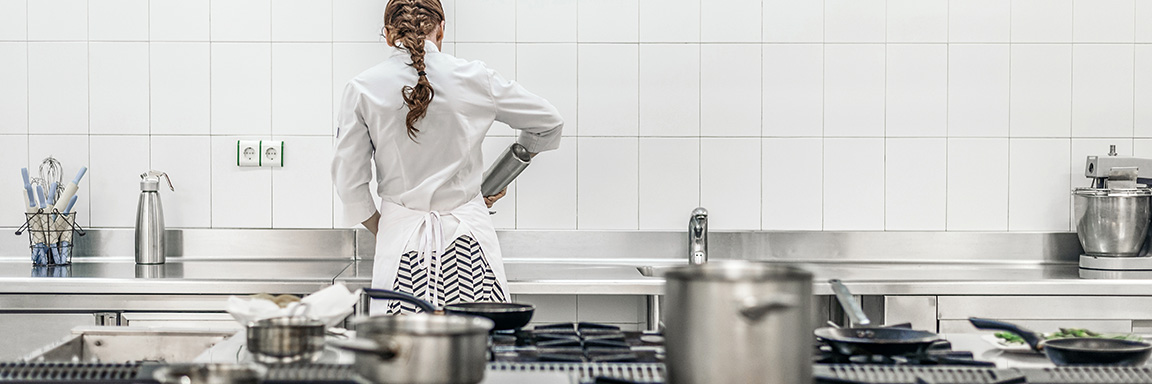
Environment
The Hospitality Industry includes the Accommodation Sector and the Food Sector.
In the Accomodation Sector, bathrooms are high risk areas, given that in average 1 out of 5 customers of a hotel (or bed&breakfast) will infect the floor and the surfaces of a room with dermatophytes (fungi responsiblefor athlete’s foot). Papillomavirus, those viruses responsible for warts, may also be shed on the floor. Dermatophytes and papillomavirus are resistant to many disinfectants. The bathroom is a place where individuals spend time barefoot, and where humidity and temperature can be high, factors that enhance the chances for an infection. Risks and solutions for the bathroom are similar to those of the Spa.
In the Food Sector, the kitchen is the highest risk area: this is the place where contamination of food usually happen, leading to food intoxications.
The top five bacteria that are implicated in foodborne risks are:
- Salmonella
- Clostridum perfringens
- Campylobacter spp.
- Staphylococcus aureus
- E. Coli
Coutertops, sinks, cutting boards, food processors and refrigerators can constitute reservoirs of microorganisms. But the first reservoir is the human hand!
Consequences
People assume that objects that look clean are safe, but this is not the case. In contrast to viruses, bacteria can multiply in food. That means that even 1 or 10 bacteria from a surface that contaminate food have the potential, if the conditions permit it (fridge above 5°C, labelling mistake, …) to send tens of people to the hospital. To make things worse, bacteria such as Clostridium make spores that are extremely resistant to most disinfectants and have the capability to germinate in food and produce dangerous toxins.
This is why using an advanced disinfectant is so important!
Advice for Visitors
When you reserve a room, ask the hotel if the room was disinfected with dermatophyte specific products.
Advice for Managers
Don’t be ashamed to ask about the cleanliness of the place you spend time and rest in. It is better than having to take medications afterwards!
Advice to Managers
NOSO allows the management of a professional kitchen to inactivate the most resistant bacteria – such as Clostridium – in less than 30 seconds. Think about it: if you would use bleach at the right dilution, it would take 10 minutes to inactivate spores of Clostridium.
Use NOSO, why taking any risk?
How it works
NOSO is a professional product that work in just seconds. Use it daily to disinfect surfaces and objects that are in direct contact with food or with your hands. Rinse with clean water and sponge after use.
If you need more detail, abioniv is there to assist.